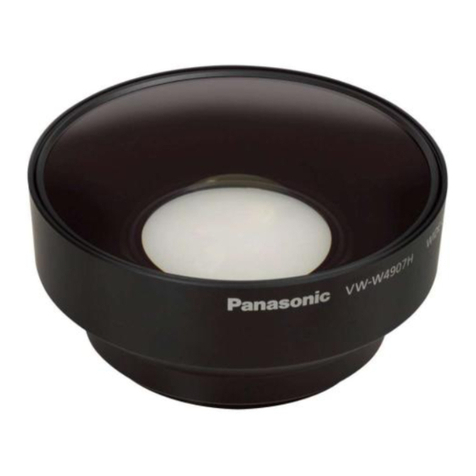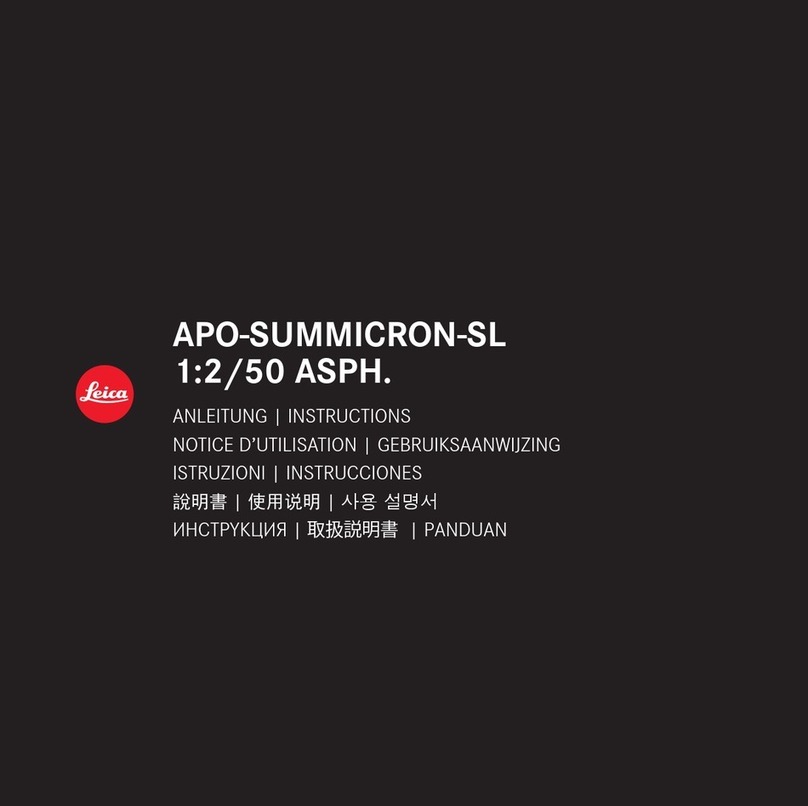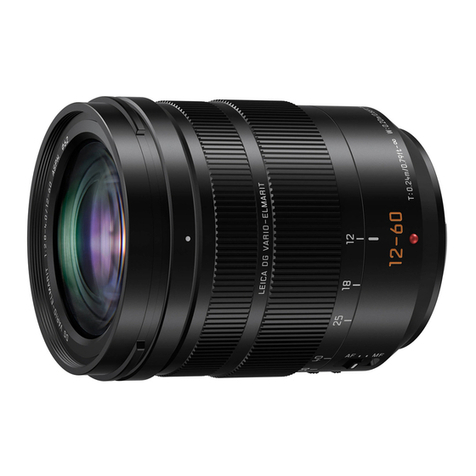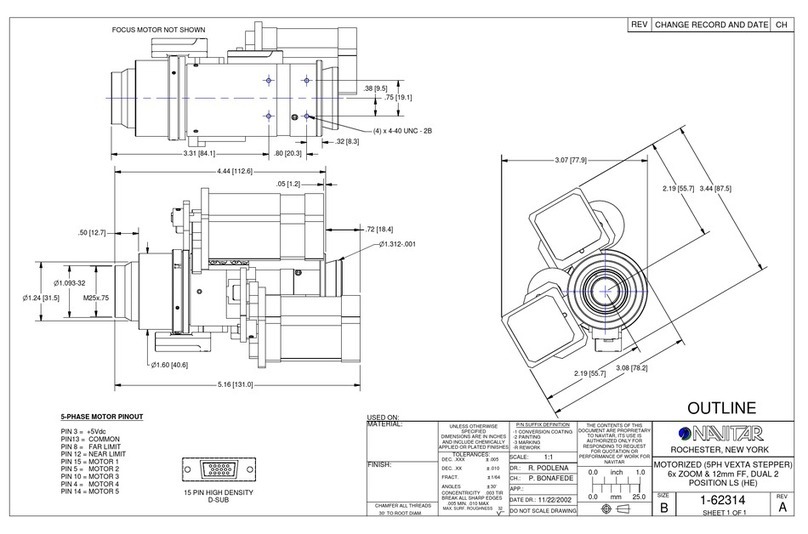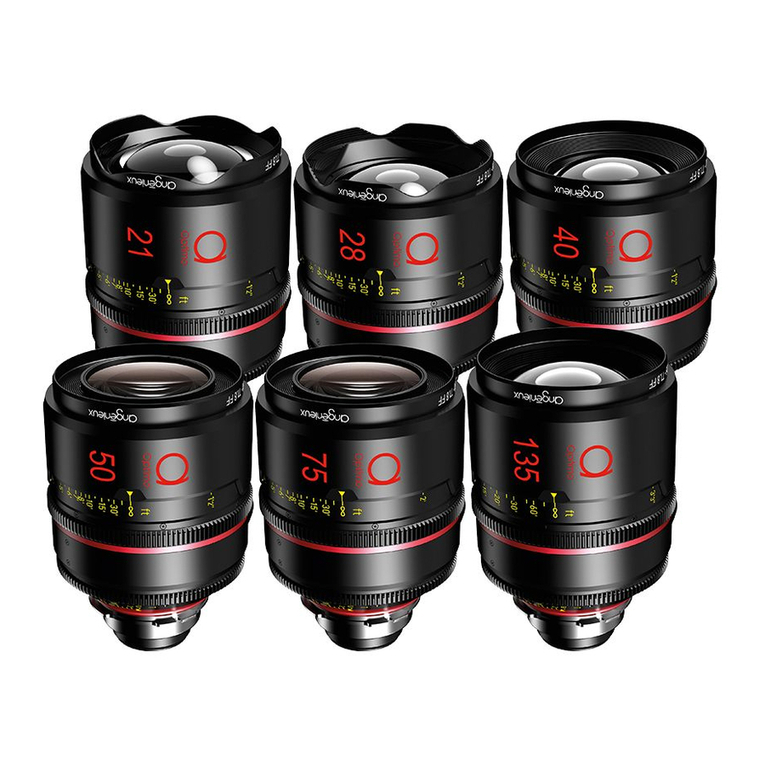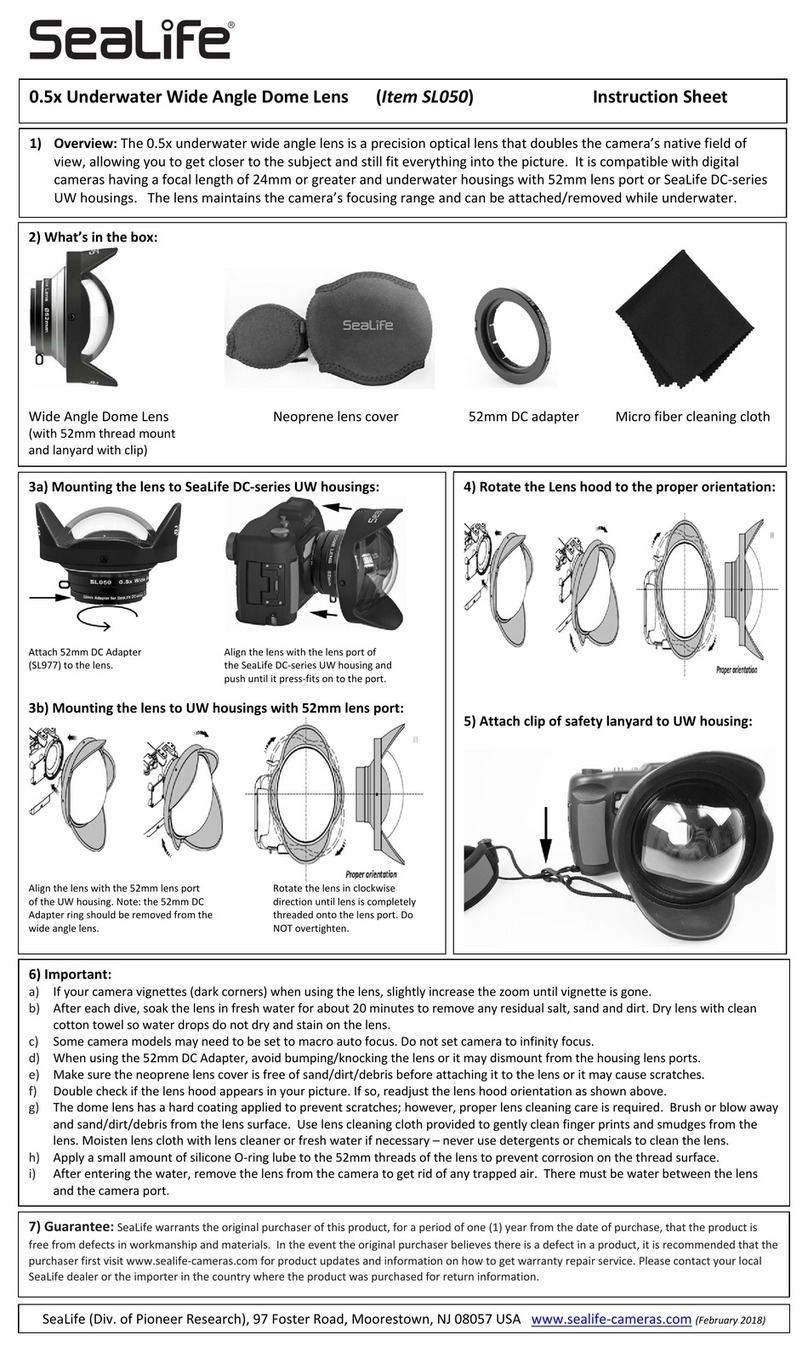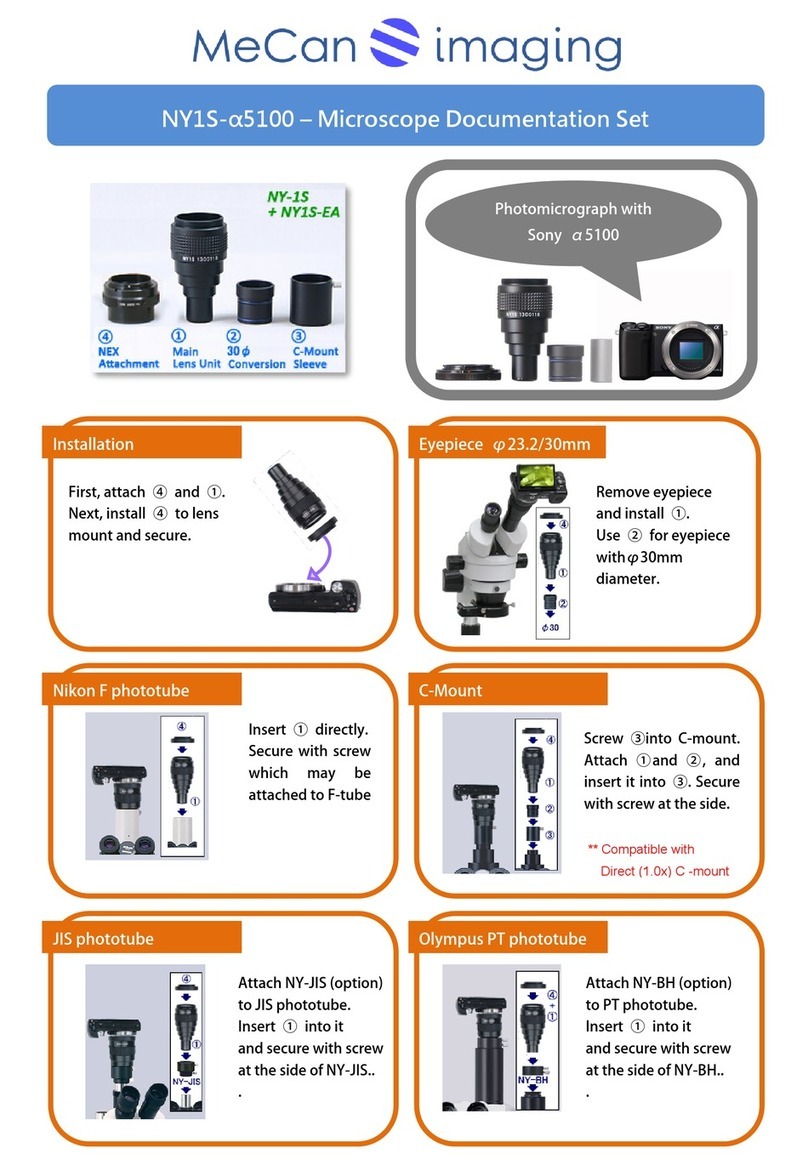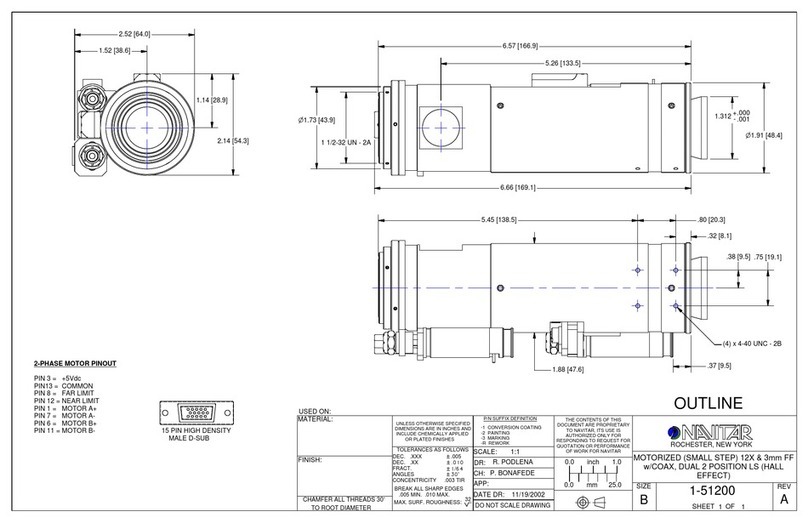3
The walimex 500/8.0 Lens has a focal distance of 500mm and a lens speed of 8-32 which is set using
the aperture ring. The sturdy metal housing and the high-quality workmanship and mechanics
ensure a good image quality. With the help of the sturdy tripod mount ring the lens can be fastened
to a tripod with an optimised balance point. Focusing takes place manually. The lens can be used
with aperture priority and manual exposure setting. Thanks to the easy handling, the lens is also
especially suitable for beginners.
1. Mounting your lens
Your Lens utilizes a universal mounting ring (T2) which allows your lens to fit practically
all SLR cameras manufactured since 1960. Simply attach the specific T2 adapter for your
style camera to the actual lens and then mount to your camera body in the same way as
your existing lens, which your camera is equipped. Also remove your lens the same way
as your exiting lens and consult your camera introduction manual for further details.
After mounting your T2 adapter to the lens, you may have to adjust the T-mounts so that
the top of the lens faces upward. If this is necessary, loosen the 3 small screws located
on the T-mounts and turn the lens until it is in the proper usable position. Make sure to
retighten the 3 screws after you make the adjustments.
2. Setting the stop
Rotate the diaphragm ring to the desired F stop at the index mark on the lens barrel. The
diaphragm can be set to full stops or to any position in between. The proper F stop is chosen
as indicated by the cameras built-in exposure meter or an independent meter. Alternatively,
the F stop can be dictated by special requirements, such as controlling the depth of field.
3. Using the viewfinder with the telephoto lenses
The effectiveness of different types of focusing screens varies with the focal length and
maximum aperture of the lens. The range finder of microgrid prisms built into the
ground glass do not work as well with longer focal length lenses as they do with the
normal camera iens and most wide-angle lenses, and may blackout partically or fully
"the center focusing spot." When such as a condition exists, focusing is best done on the
ground glass portion of the viewing screen. On some SLR cameras, Iong telephoto lenses
appear to produce a cut-off image in the upper corners or along the entire upper edge of
the view finder. Actually such viewing cut-off is caused by the size of the camera's mirror
which is adequater for the shorter focal length lenses only. The exposed slide or
negative will be unaffecied by this viewing deficiency.

